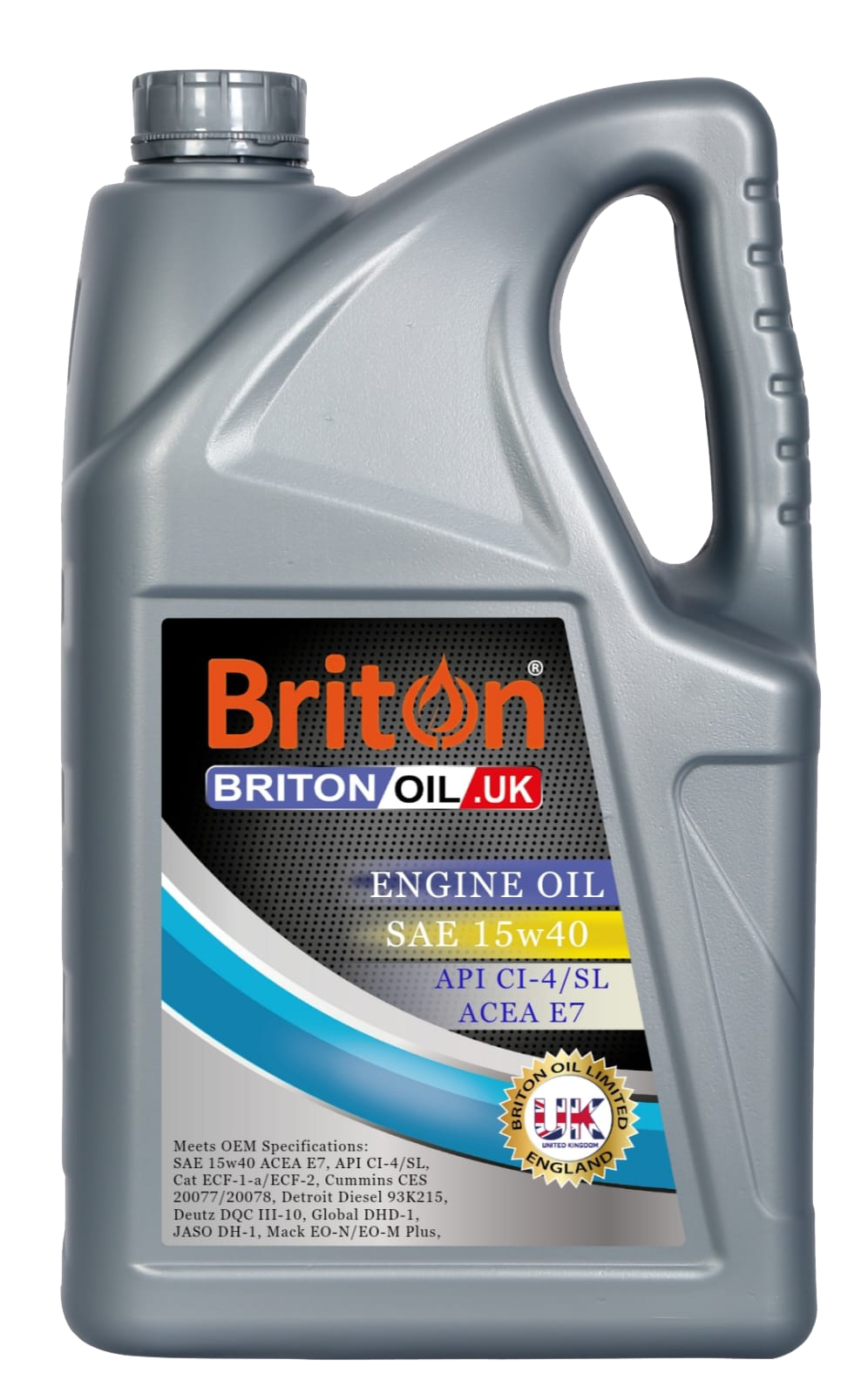EPM Ethylene Propylene Rubber (SSI45)
Excellent thickening capacity Excellent shear stability and thermal oxidation stability Good compatibility with all functional additives and pour point depressants Improve the low temperature property of oil Good oil solubility.

Viscosity Index Improver
EPM Ethylene Propylene Rubber (SSI45)
Ethylene-Propylene Rubber (EPR) is a high-performance polymer made from the polymerization of ethylene and propylene monomers. It is commonly used as a viscosity index improver in lubricants, especially in medium-grade internal combustion engine oils. The product appears as a white transparent colloid and is typically solid at room temperature.
Packaging Size
1L
4L
5L
20L
205L
Description
Ethylene-Propylene Rubber (EPR) is a high-performance polymer made from the polymerization of ethylene and propylene monomers. It is commonly used as a viscosity index improver in lubricants, especially in medium-grade internal combustion engine oils. The product appears as a white transparent colloid and is typically solid at room temperature.
Features of Ethylene-Propylene Rubber (EPR) as a Viscosity Index Improver:
Excellent Thickening Capacity:
EPR provides a thickening effect that helps increase the viscosity of lubricants, which is crucial for maintaining proper lubrication at higher temperatures and pressures.Shear Stability and Thermal Oxidation Stability:
The polymer demonstrates excellent shear stability, meaning it maintains its viscosity under shear stress (like when subjected to high-speed engine operation). It also offers thermal oxidation stability, ensuring the lubricant does not break down or lose effectiveness under high temperatures.Good Compatibility with Functional Additives:
EPR is compatible with a wide range of other additives commonly used in lubricants, including pour point depressants and various functional additives that improve oil performance.Improvement in Low-Temperature Properties:
By increasing the viscosity index, EPR enhances the low-temperature flow properties of oils. This ensures better oil flow during cold starts, reducing wear and improving engine performance in cold conditions.Good Oil Solubility:
EPR is soluble in oils, which allows it to integrate well into lubricant formulations without causing separation or inconsistent performance.
Applications:
Internal Combustion Engine Oils: EPR is widely used in the formulation of engine oils, particularly in medium-grade oils, where the goal is to maintain optimal viscosity over a wide range of temperatures.
Industrial Fluids: In industrial production, EPR acts as a viscosity index improver, helping to reduce the viscosity of high-viscosity liquids and semi-solids. This improves the fluidity of oils, greases, and other products, making them easier to handle and improving production efficiency.
Consumer Applications: EPR can also be used in consumer products, improving the viscosity and flow properties of various formulations, such as automotive fluids and lubricants.
Performance Characteristics of Viscosity Index Improver J0050 (Ethylene-Propylene Rubber):
High Viscosity Index:
The viscosity index (VI) is a measure of how much a lubricant’s viscosity changes with temperature. EPR’s high VI ensures that the lubricant remains effective across a wide temperature range, providing both high performance at high temperatures and good flow properties at low temperatures.Cost-Effectiveness:
Ethylene-propylene rubber is relatively low-cost, making it a cost-effective solution for improving the viscosity index in lubricants, especially in industrial applications where efficiency and performance are key.Good Environmental Performance:
EPR exhibits environmentally friendly properties, with a production process that minimizes waste and environmental impact. This makes it suitable for industries with strict sustainability goals.Easy Processing:
EPR can be easily processed, which means it can be incorporated into lubricants and industrial fluids through various methods, such as direct addition, dispersion, or emulsion. This flexibility allows manufacturers to customize their products to meet specific application needs.
Production and Application Methods:
Production Process:
The production of viscosity index improver J0050 involves several steps, including polymerization, separation, extraction, and drying. Each of these steps must be controlled to ensure the quality and stability of the final product.Application Methods:
EPR can be added directly to the target liquid, such as an engine oil or industrial fluid, or it can be used in the form of dispersions or emulsions to suit specific formulations. The flexibility of its application makes it a versatile choice for a variety of fields.
